Description
Stokesay Castle
Despite its present name, Stokesay was not called a castle before the sixteenth century, and is in fact a fortified manor house. The origins of this Stoke, or “dairy farm”, go back to the Conquest, when the manor was part of the vast holdings in the West of England granted to the family of Lacy. By 1115, it had been regranted to Theodoric de Say, of Sai in Normandy, and Stoke Lacy became Stokesay, but the main construction was undertaken by Laurence of Ludlow, based in Shrewsbury, the richest local wool merchant of his generation, who acquired Stokesay in 1281.
Extensive tree-ring dating of structural timbers shows that virtually all of the present structure was completed before 1291, the date of Edward I’s license to fortify the place, which stands in the Welsh Marches, the western borderland of the Norman domain at that time. The oldest parts of the building are the lower two storeys of the north tower, begun about 1240. The great slate-roofed hall, thirty-four feet high, with four cross-gables, was added in the 1280s and is a very rare survival, having been virtually untouched since; there is no fireplace, just the central open octagonal hearth. The roof’s double collar-beams and curved collar braces rest on masonry corbels in the walling, an early example of innovation in roofing larger buildings. The original wooden staircase round two sides of the walls, giving access to the north tower, also remains to this day. The solar, an upper living room in the cross-wing, which gave a more private space in which to withdraw from the company in the hall, is accessible from an exterior timber stair sheltered by its own roof and contains Elizabethan oak paneling and a sumptuous fireplace. The South Tower has no direct access from any other structure: its use was purely defensive. The castle’s most unusual feature is a timber-framed residence built onto the outside of the walls. The Elizabethan gatehouse, added in the 16th century, is also half-timbered and is decorated with carvings. The interior of the castle contains a selection of rare wall paintings from the medieval period. This gradual development of the structure was achieved under ten successive generations of descendants of Laurence of Ludlow who lived in the building until the reign of Charles I.
During King Charles I reign it came into the ownership of the Craven family and was used as a supply base for the King’s forces in the area, based in strength at nearby Ludlow Castle in the early stages of the English Civil War.
A skirmish took place at the castle during the English Civil War, in which Stokesay was handed over to the Parliamentarians after a short siege without a pitched battle (in which it surely would have been severely damaged).
Stokesay was lived in as a farmhouse and barn until the early 19th century. In 1869 it was purchased by John Darby Allcroft, a Worcester glove manufacturer and Member of Parliament, who recognising the value of the building’s history and architectural features set about restoring and maintaining it while he also had Stokesay Court built nearby. Since 1992 the monument has been in the care of English Heritage.
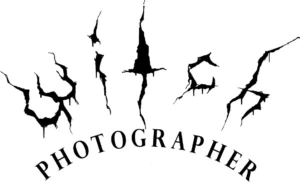

 Click a section to zoom in. These are
Click a section to zoom in. These are 











































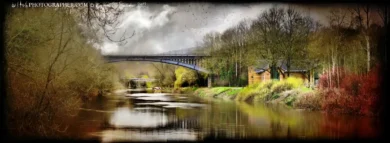
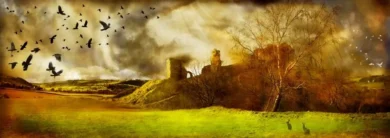
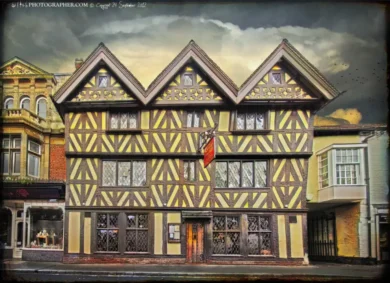
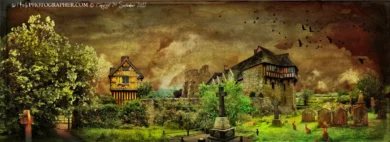
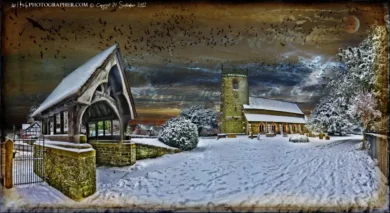
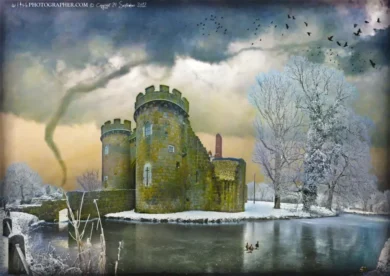
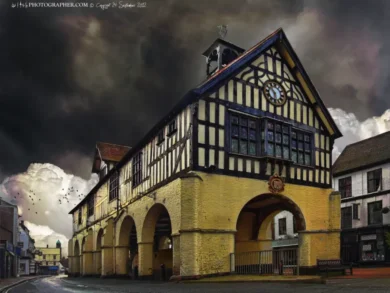
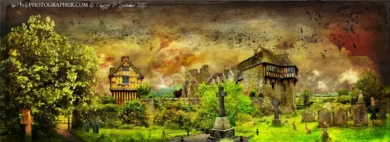
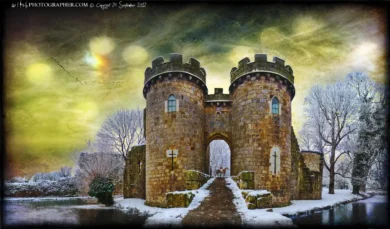
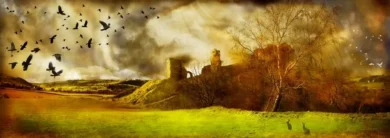
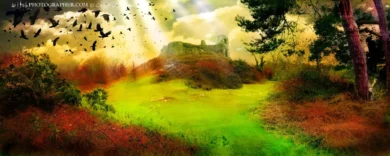
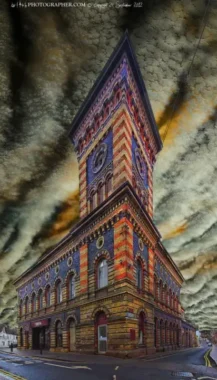
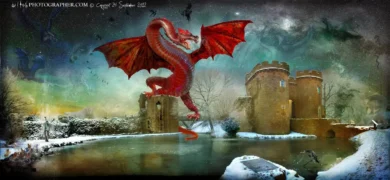
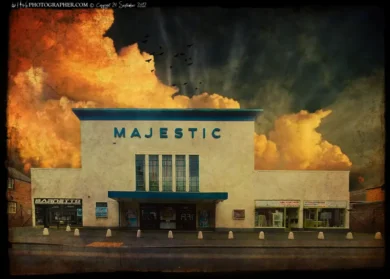
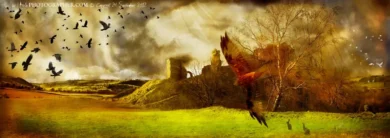
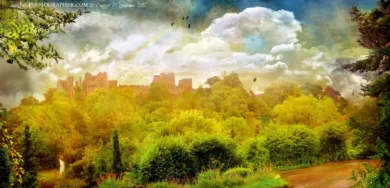
Reviews
There are no reviews yet.